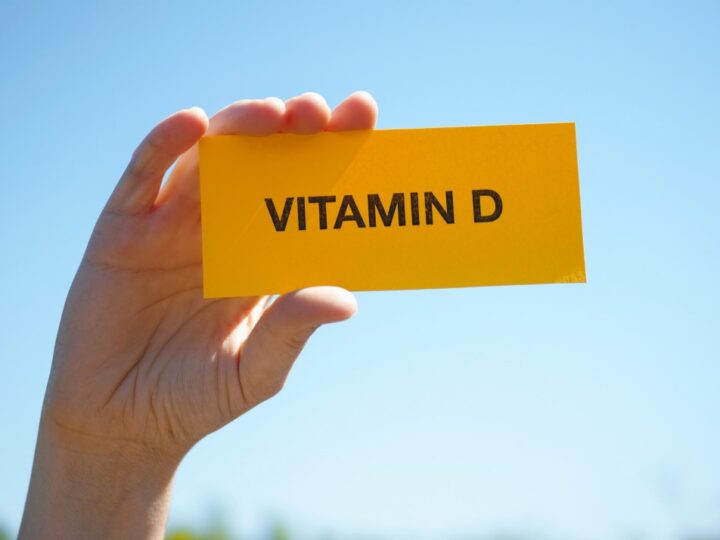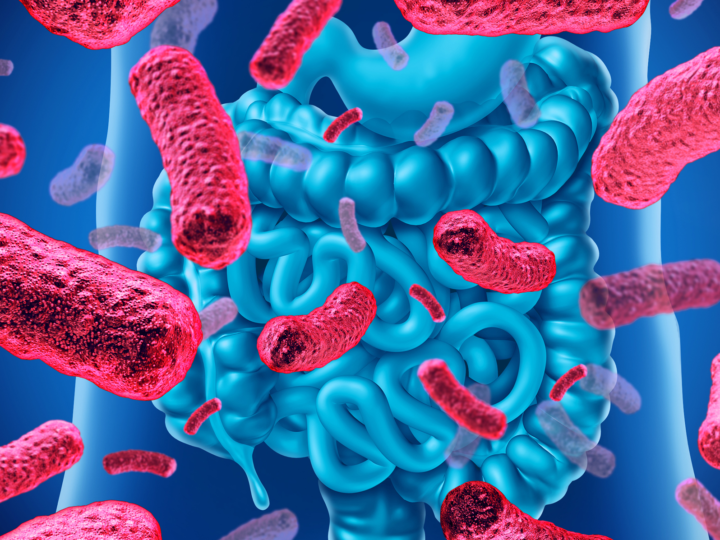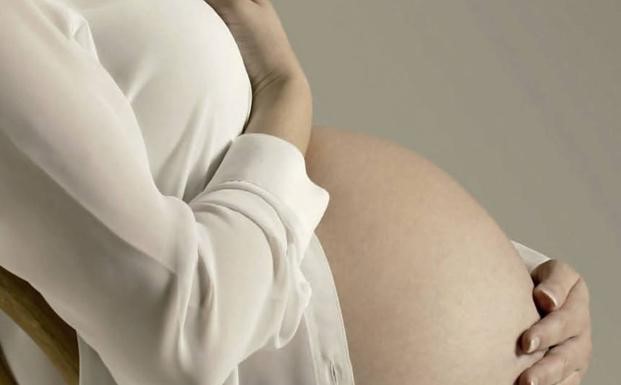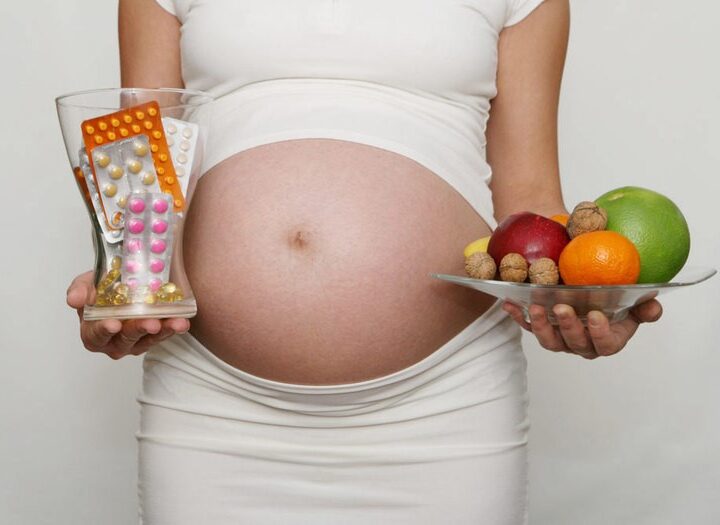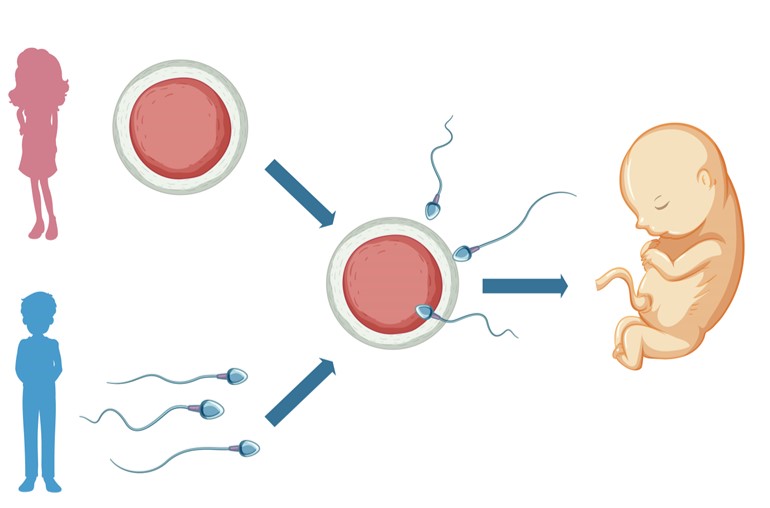
Assisted reproduction is a broad field with terminology that patients must learn to understand all the processes involved in their treatment.
If you already started treatment or plan to go through one, this article can help you to understand some of the basic concepts in the world of assisted reproduction.
This article contains numerous links in case you would like to read more about some specific topic. Just click on the relevant link and you will be redirected to the corresponding article of our blog.
NAMES OF TREATMENTS
IUI – intrauterine insemination or simply artificial insemination with the partner’s sperm
AID – artificial insemination with donor’s sperm
IVF – in vitro fertilisation
EGG DONATION – reception of embryos originating from in vitro fertilisation using the donor’s eggs and partner’s sperm. Click here to read more about this treatment.
EGG DONATION WITH DONOR’S SPERM – reception of embryos originating from in vitro fertilisation using the donor’s eggs and donor’s sperm. Read more here about the absence of spermatozoids.
EMBRYO ADOPTION – reception of embryos donated by other couples or single women.
You can find a comparison of some of these treatments by clicking here.
WHAT ARE GAMETES AND WHERE DO THEY COME FROM
Oocyte, also called the egg, is a feminine gamete which will turn into an embryo once it unites with a spermatozoid during the process called fertilisation. Oocytes form inside of the follicles in the ovaries.
Naturally, the oocyte liberates itself by breaking the follicle during ovulation. In in vitro fertilisation, the follicular fluid is aspirated to extract it and search for the oocyte in a process called egg retrieval.
Spermatozoid is a masculine gamete which unites with the feminine gamete to produce an embryo. Spermatozoids form in the testicles.
In a natural way, a man leaves a sperm sample in the uterine cavity after ejaculating. In fertility treatments, the sperm sample must be collected via masturbation to provide it to the lab.
WHAT IS FERTILISATION
Fertilisation is a union of an oocyte and a spermatozoid.
Fertilisation naturally occurs in the Fallopian tubes (between the ovary and the uterus) in a woman’s body. In fertility treatments, fertilisation occurs in the laboratory and from there comes the term IN VITRO.
You can find out more about fertilisation by clicking here.
WHAT IS AN EMBRYO
The embryo is a living being created when the feminine and masculine gametes unite. This term applies until the end of the eighth week following fertilisation in humans.
WHAT IS AN EMBRYO TRANSFER
In fertility treatments, after fertilisation and a few days after the cultivation in the lab, the embryos are deposited into the uterus of a woman during a normally painless procedure called transfer.
The transfer is usually done on the third or fifth day of embryo cultivation. A comparison between day three and day five embryos can be found here.
More information about blastocyst embryos (day 5 or 6) can be found here.
WHAT IS IMPLANTATION AND WHEN DOES IT TAKE PLACE
The embryo implantation happens when the embryo implants in the endometrium and adheres to it. If this process is successful, this is the moment when gestation begins. Normally it occurs between the 6th and the 7th day after fertilisation.
Charlotte
International department
IMAGE: https://www.freepik.es/vector-gratis/infografia-proceso-reproduccion-humana_24786250.htm#query=reproduccion%20humana&position=1&from_view=keyword&track=ais
#assistedreproduction
#fertilitytreatment
#eggdonation
#IVF
#artificialinsemination
#manzaneraclinic
#spermdonation
#gametedonation
#fertilisation

